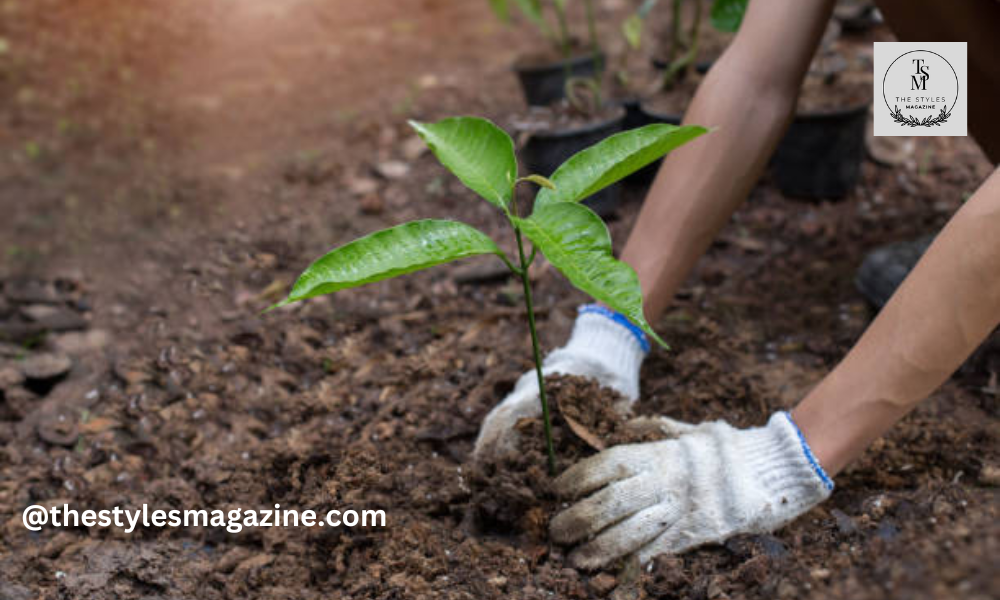Benefits Of Professional Tree Care
Caring for trees transcends the simple act of trimming branches or raking leaves. It involves an in-depth understanding of tree biology and environmental factors that influence their growth and health. When you invest in professional tree care, you’re tapping into a reservoir of expert knowledge and skills designed to safeguard your trees from diseases and structural problems. Professional arborists can identify subtle disease symptoms that are often overlooked, applying precise treatments to prevent further damage. This level of expertise ensures that your trees remain healthy and contribute positively to the ecosystem.
Engaging with a reliable website for tree care services guarantees that the right techniques and tools are used for maintenance. Professionals use methodologies prioritizing safety and reducing risks associated with falling branches or tree collapse. This professional intervention not only ensures the well-being of the trees themselves but also protects people and property in the surrounding area. In essence, professional tree care is a holistic approach that blends science with safety to promote healthier, more resilient trees.
Common Tree Care Challenges
Numerous issues that tree owners frequently deal with might affect the well-being and aesthetics of their trees. Improper pruning is a common issue; when done incorrectly, it can lead to weak branch structures and increased susceptibility to disease. Soil compaction, often a result of heavy machinery or foot traffic near trees, can suffocate roots, reducing a tree’s ability to absorb nutrients and water. In urban environments, trees are particularly vulnerable to pollution and physical damage from vehicles or construction activities.
Understanding common tree diseases is crucial for prevention and management. Regularly scheduled inspections by professionals can catch infestations or diseases early, allowing for quick intervention. Applying preventive measures, such as strategic pruning and proper fertilization, can help circumvent these challenges, ensuring trees remain robust and verdant.
Modern Techniques In Tree Care
The tree care industry today is characterized by the adoption of advanced techniques designed to enhance tree vitality and structural integrity. Practices such as crown thinning are implemented to increase light penetration and air circulation within the tree, promoting stronger growth. Cabling and bracing are used to support trees with weak limbs, preventing potential breakage during storms or under heavy loads.
According to advancements in arboriculture, the integration of these techniques reflects an evolution in tree care strategies aimed at addressing contemporary challenges with precision and foresight. In order to ensure that tree care practices are not only efficient but also in line with sustainable goals, industry specialists constantly upgrade their procedures in response to new study findings.
Sustainable Practices For Healthier Trees
Sustainability in tree care involves utilizing practices that nurture trees while safeguarding the environment. By opting for natural fertilization, which enhances soil structure and microbial activity, trees can absorb nutrients more efficiently without the risk of chemical run-off. Water conservation techniques, such as using mulch to retain soil moisture, further support sustainable tree care initiatives.
In urban settings, adapting these practices is essential to maintain green spaces, which contribute to reduced urban heat and improved air quality. The promotion of such environmentally conscious practices helps not only in maintaining individual trees but also in fostering a healthier natural landscape.
Importance Of Seasonal Tree Maintenance
Understanding the seasonal needs of trees is crucial for their health and vitality. Each season presents different challenges and opportunities for tree care. In spring, planting and fertilization are ideal as trees begin their growth period. During summer, vigilant monitoring for pests and adequate watering become priorities as trees experience peak activity.
Autumn offers a window for strategic pruning, which helps prepare trees for the dormant winter months, where the focus shifts to assessing structural integrity to withstand harsh weather. Recognizing and aligning with these natural rhythms allows for optimized care, ensuring trees survive and thrive throughout the year.
Integrating Technology In Tree Care
The integration of technology into tree care is ushering in a new era of efficiency and precision. Drones equipped with cameras are used for aerial assessments, providing detailed visuals of tree canopies and identifying potential issues that may not be visible from the ground. Mobile applications allow for real-time monitoring of tree health, offering data collection and management capabilities that enhance decision-making for arborists.
As these technologies become more accessible, they empower both professionals and enthusiasts to maintain trees with a level of accuracy previously unattainable, fostering a proactive approach to tree care that is both innovative and effective.
Addressing Tree Diseases And Pests
Diseases and pests are perennial threats to tree health, capable of significant damage if left unchecked. Fungi, insects, and bacteria can invade trees, compromising their structural integrity and visual appeal. Early detection is vital, and treatments must be applied swiftly to prevent the spread of infestations.
Implementing regular inspections and adopting a defensive strategy against pests can guard against serious issues. It’s also important to practice good hygiene in tree care, such as sanitizing tools and removing infected debris, to reduce the risk of contamination and preserve the vitality of the trees.
Thank you for exploring our Blog! For additional captivating content, feel free to explore the corresponding category.

